Frost Protection - UTL Repository
Frost Protection - UTL Repository
Frost Protection - UTL Repository
You also want an ePaper? Increase the reach of your titles
YUMPU automatically turns print PDFs into web optimized ePapers that Google loves.
PASSIVE PROTECTION METHODS<br />
damage has passed. In a radiation frost, damage typically occurs from the bottom<br />
up in deciduous orchards. Therefore, if a frost event occurs, this practice will<br />
improve the chances for a good crop.<br />
Pruning grapevines to raise the fruit higher above the ground provides some<br />
frost protection because temperature typically increases with height above the<br />
ground during radiation frost nights. In some instances, raising the fruit by 0.3 to<br />
0.5 m can increase the temperature by 1 °C or 2 °C. Canopy density and pruning<br />
can affect the frost sensitivity of deciduous trees. Closed canopies at high density<br />
indirectly increase frost damage sensitivity because of reductions in photosynthesis<br />
and hence sugar accumulation lower in the canopy where it is colder.<br />
COOLING TO DELAY BLOOM<br />
It is well known that operating sprinklers during warm days in the winter can<br />
delay bloom and hence provide a measure of frost protection (Anderson et al.,<br />
1973; Proebsting, 1975). Sprinklers cool the crop because evaporation converts<br />
sensible to latent heat, which causes the temperature to drop. The probability of<br />
subzero temperature falls dramatically in the spring over short periods of time,<br />
so cooling crops to delay bloom decreases the probability of frost damage.<br />
Research on several deciduous tree species has shown that bloom delays of two<br />
weeks or more are possible by sprinkling from breaking of rest to bloom<br />
whenever the air temperature is above 7 °C (Powell and Himelrick, 2000). For<br />
example Anderson et al. (1973) reported budding delays of 15 and 17 days for<br />
cherry and apple trees, respectively when the orchards were sprinkled whenever<br />
the air temperature exceeded 6.2 °C between breaking rest and bud break.<br />
Sprinkling to delay bloom has also been advised as a method to delay bloom of<br />
grapevines (Schultz and Weaver, 1977). However, the benefits of sprinkling<br />
depend on the humidity as well as the temperature. When the sprinklers are<br />
operated, the temperature will drop to near the wet-bulb temperature, so there is<br />
little benefit in attempting to cool by sprinkling in humid environments where<br />
the dew-point temperature is close to the air temperature.<br />
Although research has shown that fruit tree bloom is delayed by sprinkler<br />
operation, Powell and Himelrick (2000) noted that the method was not widely<br />
adopted because of crop production reductions that are not understood (Powell<br />
and Himelrick, 2000). Evans (2000) also reported the use of sprinklers for bloom<br />
delay in apple and peach trees. However, he recommended against the procedure<br />
because, although bloom is delayed, the increased sensitivity of buds to frost<br />
injury counteracts the benefits of bloom delay. Evans noted that the buds regain<br />
hardiness after being wetted if allowed to dry during a cool period. Although<br />
129


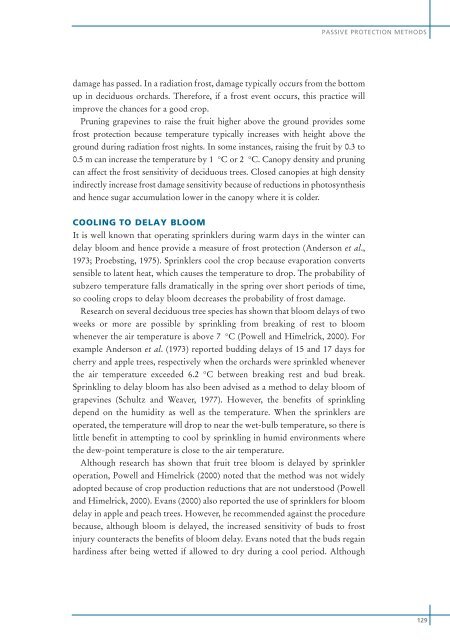
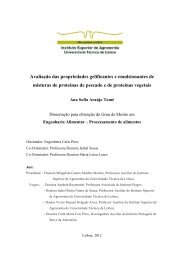
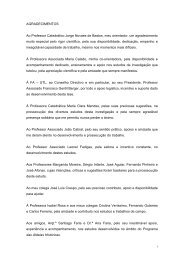
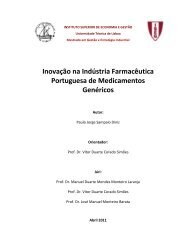
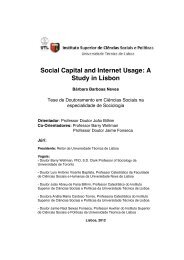
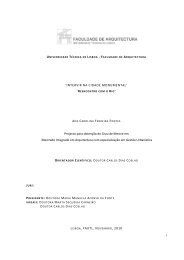
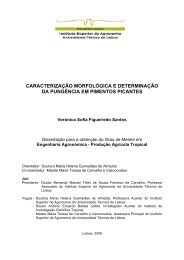

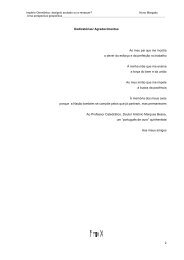
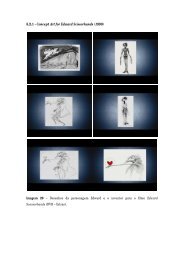
![Tese - Es..[1].pdf - UTL Repository - Universidade Técnica de Lisboa](https://img.yumpu.com/25707135/1/184x260/tese-es1pdf-utl-repository-universidade-taccnica-de-lisboa.jpg?quality=85)


